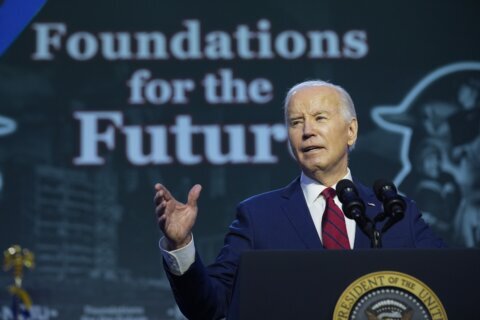If Mr. Market flummoxed you in 2015, don’t worry. There’s always tomorrow.
Wall Street saw the eurozone narrowly avert disaster as Greece agreed to another bailout, China’s stock market fall off a cliff and energy stocks suffer. Meanwhile, many health care companies and tech stocks continue to roll.
What will the new year bring? To give you a little assistance in navigating the investment world, here’s what some long-time market experts will be watching in 2016.
Europe may begin to recover. “No one is working on the assumption that things are getting better in Europe,” says Art Hogan, chief market strategist and director of research at Wunderlich Securities, headquartered in Memphis, Tennessee. “We could end up with an upside surprise from the European economy.”
He notes that despite much drama, Greece “didn’t fall into the Mediterranean,” and the European Central Bank is adding stimulus to the broad eurozone. The economy there may not be as bad as some think.
If things across the pond do pick up, it will be good for U.S. stocks. The combined countries of the European Union make up the largest economy in the world, according to World Bank data. If EU growth picks up, it would benefit the world economy, including the U.S.
About half of the revenues of the companies in the Standard and Poor’s 500 index come from outside the United States. If there is no improvement in Europe’s economy, then the S&P 500 is projected to have combined earnings per share of around $126 in 2016, Hogan says. “If we see Europe improve, then it’s $130.”
If the market-price-to-earnings valuation stays similar to what it is now, then those increased earnings would mean that the S&P 500 would rise around 9 percent next year. And there would be dividends on top of that, he says.
Oil markets are seeking a bottom. One area that is making many investors nervous is the oil market. Prices for crude have dropped from more than $100 a barrel to less than $40.
“I want to see if we find stabilization in the energy market,” Hogan says. “What matters is that we see an end to the precipitative sell-off.”
He says that’s important, at least in part because the oil market is seen as an important bellwether for the health of the global economy.
He’s not the only one who’s looking closely at the oil patch. “We already know that there is a lot of stress in the energy sector,” says Jurrien Timmer, director of global macro at Fidelity Investments in Boston. “If the stress continues in the energy sector, that tells me there will be ongoing stress in the market.”
He says he gets a more precise read on the level of that stress by looking at credit spreads on high-yield bonds of energy companies. The credit spread measures how much more interest such companies must pay to borrow money than the U.S. government pays.
Credit spreads of high-yield bonds of energy companies are more than double those of the broader junk-rated market. If the spreads in the energy sector become narrower, than it should be clear that bond investors are more optimistic for the energy patch. That would be a good sign for the broader stock market.
Will the dollar remain strong? Timmer says he’ll also be watching the strength of the U.S. dollar. “All else being equal it will go up, because financial conditions are getting tighter,” he says. But that will have consequences around the globe.
Most notably, a rallying dollar will put pressure on China to devalue its currency, he says. That will then have a further effect of pressuring emerging market countries to lower the value of their currencies so that they can remain competitive in the international market.
However, devaluing a currency presents other problems, notably capital flight. That’s where investors pull their money out of a country in the wake of a falling currency. It isn’t good for longer-term economic growth for such economies.
Other sectors to watch. One sector that has shown market leadership in the past year has been health care, but that might be coming to an end shortly.
The Health Care Select SPDR exchange-traded fund (ticker: XLV), which tracks a basket of health care stocks, is up 5 percent this year, outperforming the S&P 500.
“Both parties [Republicans and Democrats] will be gunning for health care,” says Michael Gayed, portfolio manager at New York-based investment advisory Pension Partners. “Republicans will want to repeal Obamacare, and Democrats may want to limit profits.”
Gayed says investors may find relief in bank stocks, which will likely benefit from the Federal Reserve’s decision to slowly raise interest rates. Banks make money by lending money to customers at a higher rate than they borrow it.
Theoretically, the rising interest rate environment should be beneficial to financial stocks, Gayed says. If borrowing costs of longer-term loans rise faster than the Fed hikes the short term cost of borrowing, banks could do really well.
One way to see whether the financial companies are doing well is to watch the Financial Select Sector SPDR ETF (XLF), which tracks a basket of banks and similar companies.
More from U.S. News
8 Smart Ways to Invest in Metal Stocks
11 Tips for Investors in Their 30s and 40s
10 Reasons New Investors Should Enter the Market
What Market Pros Will Be Watching in 2016 originally appeared on usnews.com







